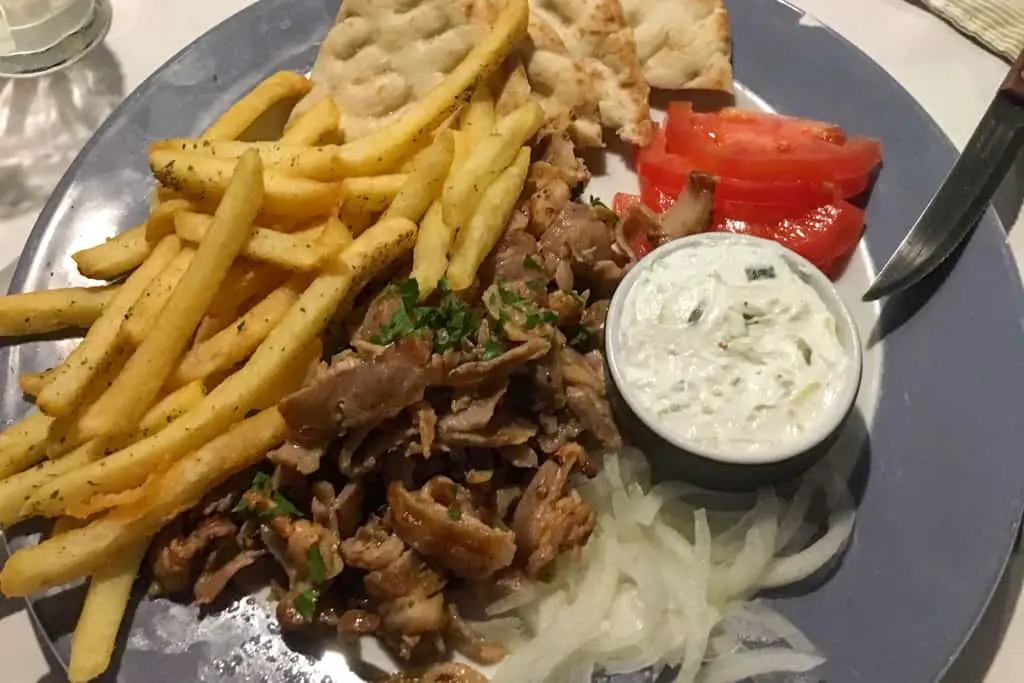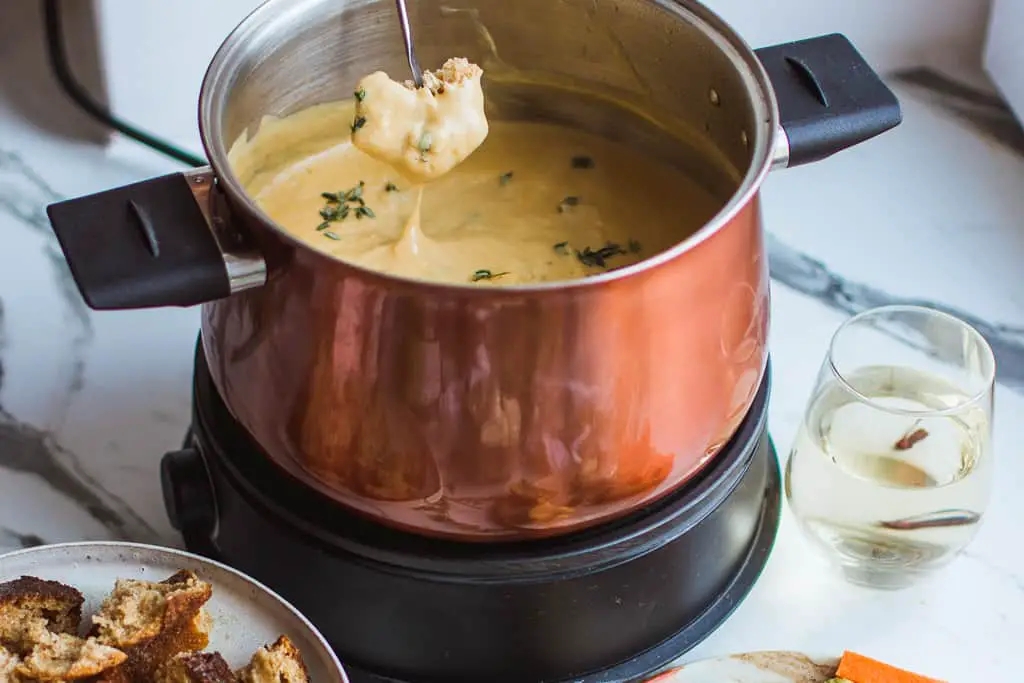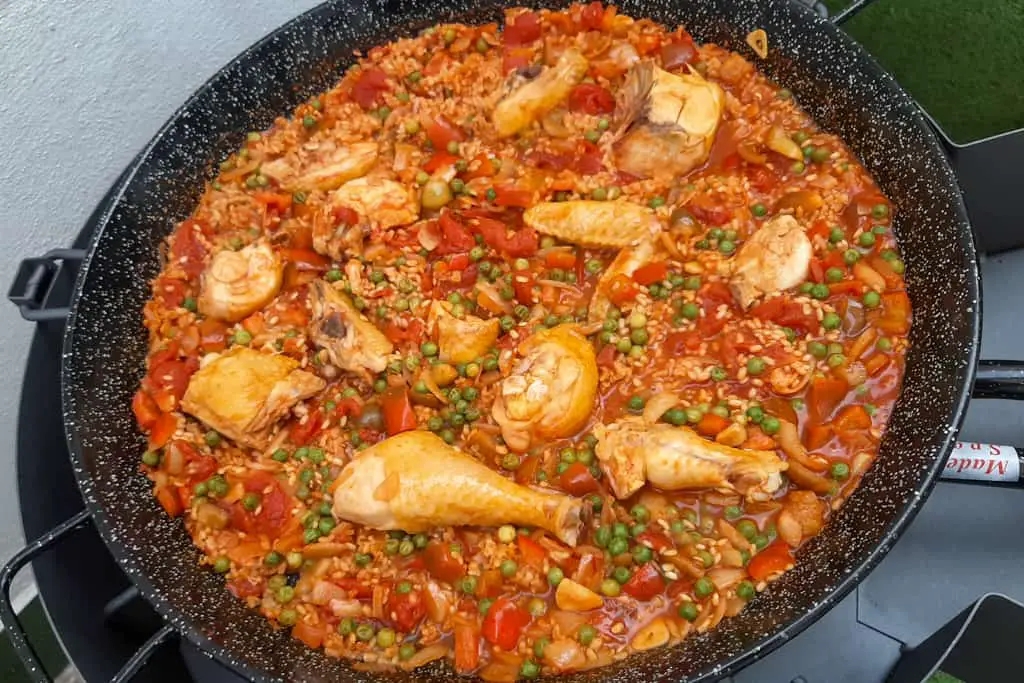4. Gyros (Greece)

Raw herring is probably the most famous Dutch delicacy. It is no surprise to anyone that the Dutch eat a lot of fish.
In the Middle Ages the Dutch started to smoke and salt herring. You may be familiar with a similar process when making Peruvian Ceviche. The fish could then be exported to Europe and eventually to the New World. Over the years, the preservation process has been refined and vinegar added along with other herbs and spices. This type of brine is still the most common in the Netherlands.
Herring is served as a snack. It can be eaten plain, or with pickles and onions. Locals say that the best way of eating herring is by holding it up over your mouth and grabbing it at the tail. You then eat upwards.
5. Cheese fondue (Switzerland)

Raw herring is probably the most famous Dutch delicacy. It is no surprise to anyone that the Dutch eat a lot of fish.
In the Middle Ages the Dutch started to smoke and salt herring. You may be familiar with a similar process when making Peruvian Ceviche. The fish could then be exported to Europe and eventually to the New World. Over the years, the preservation process has been refined and vinegar added along with other herbs and spices. This type of brine is still the most common in the Netherlands.
Herring is served as a snack. It can be eaten plain, or with pickles and onions. Locals say that the best way of eating herring is by holding it up over your mouth and grabbing it at the tail. You then eat upwards.
6. Paella (Spain)

There are so many famous dishes from Spain that it can be difficult to choose. Tortilla Espanola gazpacho, and patatas bravas to name a few. Paella is the only dish that has a worldwide following.
Paella is a rice dish that originated in Valencia. It comes in many varieties including the traditional paella valenciana, which includes meat, butter beans, and green beans, paella de marisco, which contains seafood, and paella mixta, a mixture of seafood, vegetables, and meat. The paella is prepared over an open flame in a shallow pan with handles on the sides. This pan is where paella gets it’s name.
In 2001, Spanish restaurateur Juan Galbis set the record for world’s biggest paella. It fed an incredible 110,000 people.